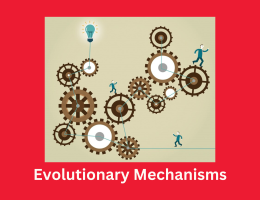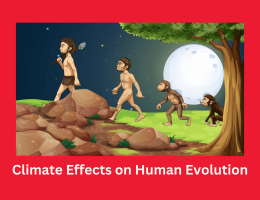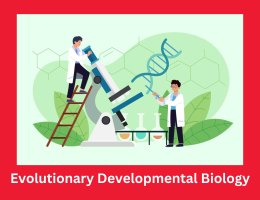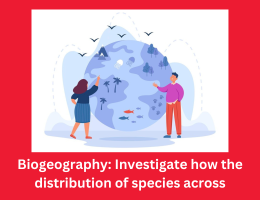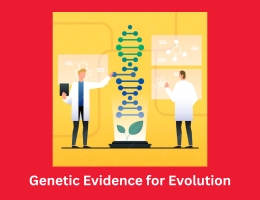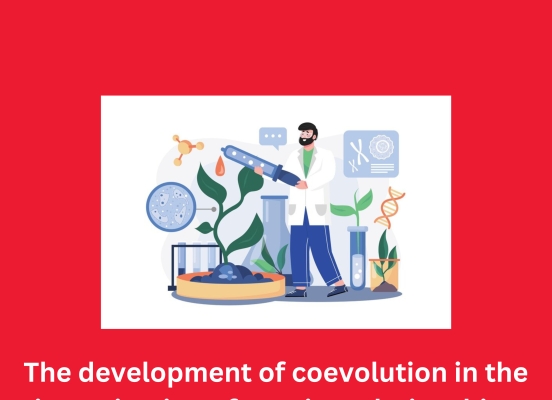
The development of coevolution in the investigation of species relationships
- By admin --
- Tuesday, 30 Apr, 2024
There is an extended and distinguished records of research on coevolution, which is defined as reciprocal edition in interacting species. With their groundbreaking paintings combining chemical ecology, adaptive evolution, and macroevolutionary theories primarily based on in-depth herbal histories of butterflies and flowering flora, Ehrlich and Raven (1964) popularized coevolution. It changed into audacious and motivating to advise that organic interactions might also sell biodiversity advent on the largest viable scales. Natural history continues to provide insights into the unexpectedly growing area of coevolution in the resulting many years. For example, reciprocal adaptations had been proven within the discipline with Passiflora and Heliconius emerging as a version device (Benson et al. 1975, Turner 1981, Gilbert 1982). Passiflora is specialised herbivores for Heliconius larvae, and Passiflora has acquired strong chemical and morphological defenses in opposition to Heliconius herbivory, which include cyanogenic glycosides. Consequently, several species of Heliconius evolved the potential to resist or accumulate multiplied concentrations of those poisons (Nahrstedt and Davis 1981, Cavin and Bradley 1988).
PRIOR TO PHYLOGENETIC ERA
A ambitious, however difficult to test, macroevolutionary trend become anticipated with the aid of Ehrlich and Raven's coevolutionary theory. Without elaborating at the mechanisms worried, the idea cautioned that a plant lineage that evolved a unique defense trait against its herbivores could flee into a zone freed from enemies and cross directly to diversify. Meanwhile, herbivores had been anticipated to adapt counter-defenses and continue to diversify alongside preexisting plant lineages, main to successive bursts of speciation in each vegetation and their insect herbivores. Berenbaum (1983) defined the hyperlink between swallowtail butterflies (Papilionidae) and plant life in the parsley circle of relatives (Apiaceae), supplying some of the earliest sample-driven proof for macro-scale coevolution. She dissected and assessed the facts for each of the successive tiers Ehrlich and Raven had outlined. In order to step by step protect towards herbivory, plant life developed hydroxycoumarins, linear furanocoumarins, and subsequently angular furanocoumarins. Each step led to the growth of the toxic plant lineage, which changed into countered via counter-adaptation and diversification in a resistant lineage of butterflies. This study mixed chemical and taxonomic understanding of host use.
THE PHYLOGENETIC ERA
From its inception via Felsenstein (1985), phylogenetics has grown to provide a mess of well-sampled phylogenies, revised systematic theories, and phylogenetic comparing strategies. Improvements on those fronts have added to our expertise nicely beyond figuring out species relatedness. By exposing relationships among the improvement of offensive and defensive functions, changes in host affiliation, and better fees of diversification, phylogenetic decision has raised new queries. First, higher rates of diversification are often related to insect host changes onto new plant clades (Janz et al. 2006, Fordyce 2010, Allio et al. 2021). Host switches can arise in methods for a specialized herbivore: 1) going straight from one host to any other, or 2) going through an intermediate level of host range expansion before happening to specialize.
MEASURING SELECTION
Although Ehrlich and Raven (1964) presented a conceptual reason behind the tremendous form of flowering plant life and their insect herbivores, they did not outline coevolution precisely or define the mechanisms that can cause plant radiation after get away from herbivory. Strict coevolution turned into characterised by using Janzen (1980) as evolutionary changes introduced approximately by using reciprocal adaptation in two interacting populations. He prominent between species-pairs that have coevolved to have matching phenotypes and people which are only interacting, the latter of which can be the result of 1-manner adaptation (e.G., insects pursuing plants). Tests of the essential components of adaptive evolution were required due to this emphasis on the coevolution process. In other words, with the intention to prove reciprocal adaptation, we needed to evaluate the additive genetic variance of useful traits and take a look at the connection between health and trait values. Natural selection should only be measured with the appearance of statistical and experimental strategies on the time of Janzen's remarks. As Lande and Arnold's (1983) perception into the dimension of choice and Falconer's (1960) classic work won popularity, the study of microevolutionary techniques progressively received the critical toolkit.
Final Thoughts
Beyond plant-herbivore interactions, Ehrlich and Raven's overarching intention for the observe of coevolution has remained applicable through the years. Our article's inspiration, two studies by May Berenbaum, more suitable the subject via without a doubt defining and comparing coevolutionary macro- and microevolutionary theories. Over fifty years have surpassed given that methodological developments sparked empirical studies that clarified and prolonged a number of those principles; yet, checking out the other portions of their vision has no longer superior. Our capacity to identify macro-coevolutionary trends and set up causal hypotheses linking characteristics and diversification has stepped forward way to phylogenies and comparative techniques.

